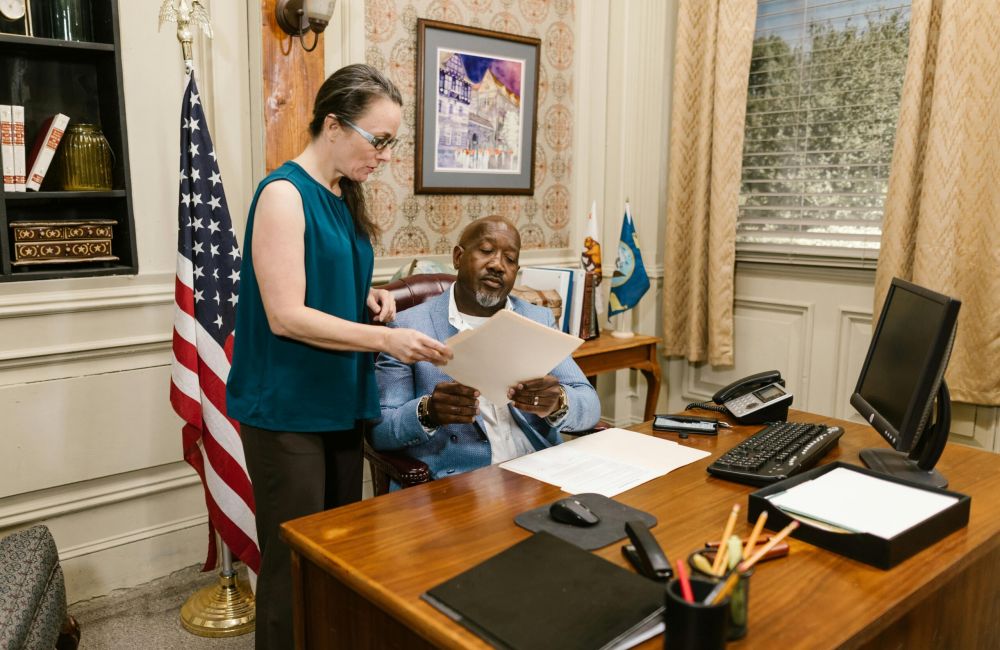Remember that Pay Transparency Law we previously discussed? As of now there’s still no regulation to provide clarity. The regulations that had been proposed expired without being finalized.
We’ll explain how this happened and what it means moving forward.
The Law’s Purpose
On September 17, 2023, New York State passed a labor transparency law aimed at promoting fair hiring practices. According to New York State Senator Jessica Ramos, the law’s purpose was to:
Address systemic pay inequity and discrimination through increased pay transparency by requiring employers to disclose critical information about compensation upon issuing a new job opportunity, promotion or transfer.
If you’ve got four or more employees, Labor Law section 194-B (the Pay Transparency Law) requires you to provide job descriptions and list pay ranges for job opportunities, promotions, and transfers. The ranges can consist of either the minimum and maximum annual salary or the hourly compensation believed to be accurate at the time of posting. If the role is commission-based, you’ve got to say so. The law also prohibits employers from retaliating against employees or applicants who request this information.
The 411 on Regulations
In New York State, regulations are rules created by executive agencies. Regulations provide more details on laws enacted by the legislative branch. The legislative branch – here in New York that’s the Senate and Assembly – together pass bills. Once a bill is passed, if Governor Hochul signs it, it becomes law. Executive agencies and departments such as the State Education Department, Department of Taxation and Finance, and New York State Department of Labor, among others, propose supplementary guidelines that provide more in-depth requirements for complying with laws.
These are called regulations.
The Regulations for Pay Transparency Law – Labor Law 194-B
At first, the New York Department of Labor published proposed regulations for public comment in the New York State Register on September 13, 2023. But no final regulations ever were promulgated.
We got curious about this, because clients ask all the time for more clarity around the Pay Transparency Law.
We reached out to many sources, including the Department of Labor itself, and eventually we learned that because the DOL didn’t take action, the proposed regulations expired on September 12, 2024. A corresponding Notice of Expiration was published on October 2, 2024, which said:
The following notice has expired and cannot be reconsidered unless the Department of Labor publishes a new notice of proposed rulemaking in the NYS Register.
As of now, there are no new proposed regulations for Labor Law 194-B.
New York’s Administrative Procedure Act
The New York Administrative Procedure Act (APA) governs how State agencies and departments make and enforce rules and regulations and how the public can have a say in the rulemaking process.
Generally, those who draft regulations aren’t elected officials. They work at Executive branch agencies and departments, so the leaders typically are political appointees.
To ensure that the people of New York State have a voice in the rules that will govern them, then, the APA requires State departments and agencies to publish proposed rules in a public forum. This allows for open comment and feedback before any rule is officially implemented. The APA requires a specific process for agencies when proposing a new regulation.
Here’s a simplified version of the steps a government agency or a department in New York must take:
- Agency or department drafts a rule or regulation,
- Agency or department publishes the rule or regulation in the NYS Register to give the public notice,
- Agency or department holds hearings and/or receives public comment on the proposed rule or regulation,
- Agency or department adopts a final rule or regulation, and
- The final rule or regulation is published in the New York State Register (NYCRR).
Expiration of Proposed Regulations
In New York, regulations expire if they’re not adopted by the department or agency and filed with the Secretary of State within 365 days of:
- The publication in the State Register of a notice of proposed rulemaking or
- The date of the last public hearing announced in a notice of proposed rulemaking.
When a proposed regulation expires, the Secretary of State must publish a notice of expiration in the State Register. A notice of expiration was indeed published here but does not give detailed insight into why the DOL didn’t adopt the proposed Pay Transparency regulations before they expired.
Consequences for Employers
The absence of regulations for the Pay Transparency Law leaves everyone with some questions. Without final regulations, the specificity that they could have provided is absent, leaving room for at least some ambiguity in the interpretation of the law. This could lead to inconsistency in how the law is interpreted and leave companies confused on how to properly follow the law.
Another potential negative effect of not having regulations is the potential for unintentional violations of the law.
That’s why we try to provide practical information – to help you ensure compliance.
Questions?
If you have questions about the New York Pay Transparency Law or about other legal issues affecting your business, feel free to contact us at 716.839.9700 or reach out via email at info@coppolalegal.com. We’re here to help.

